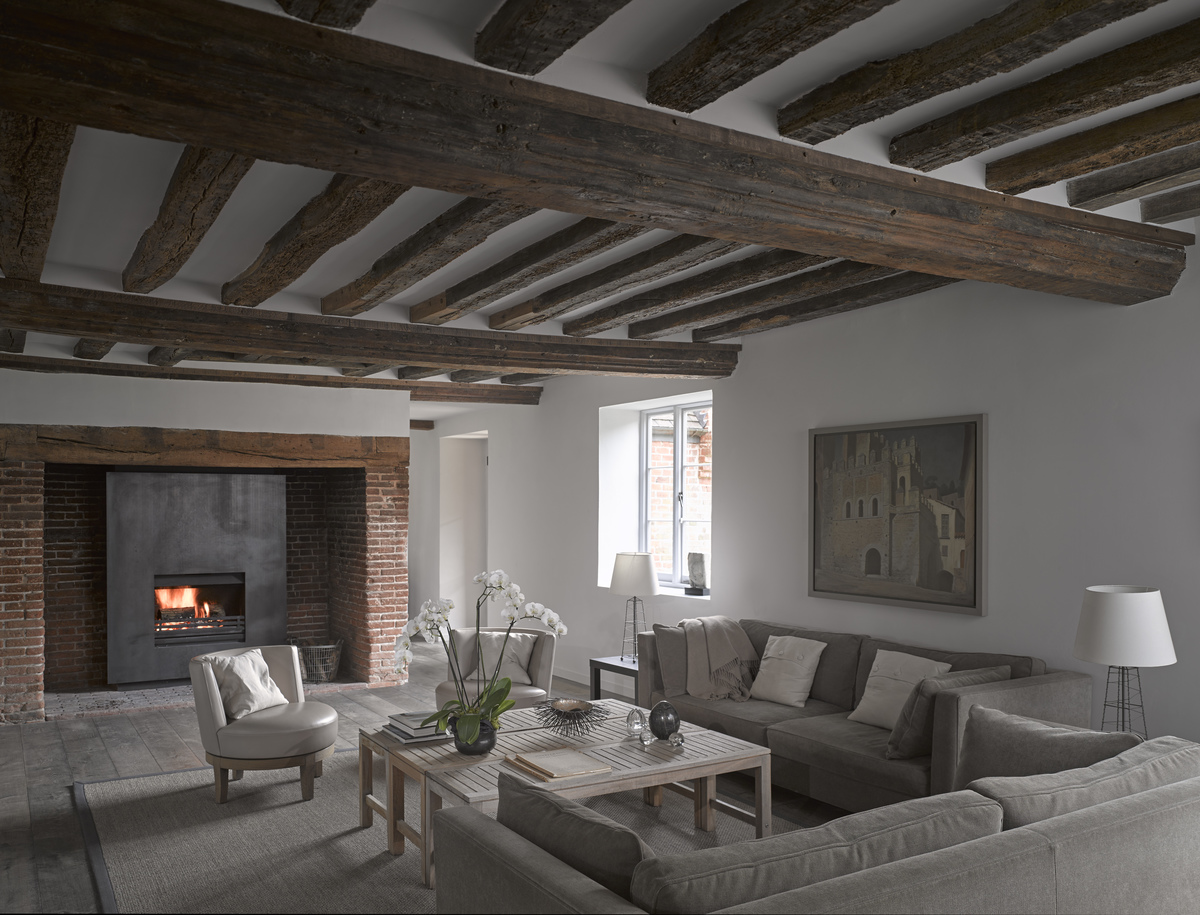Deathwatch Beetle: How to Spot and Treat an Infestation
Deathwatch beetle are a much-feared pest when found in the home, and for good reason. Discover the tell-tale signs of infestation and the best ways to treat it

A deathwatch beetle infestation sounds like something you should be scared of, and in many ways it is. The tapping sound it makes at night during the mating season has historically been heard by those keeping deathbed vigils, and this has led to the insect’s reputation as a harbinger of death.
However, of more concern than any superstition should be the damage deathwatch beetles can cause when there's an infestation in your home.
Find out about the signs that suggest you have deathwatch beetles in your home, alongside the best ways to treat an infestation with this guide.
What Problems can Deathwatch Beetles Cause?
If deathwatch beetles are found in your home, you do have some real cause for concern. It eats hardwood affected by fungal decay, so that alone is a serious problem and can potentially lead to structural issues if affecting your building's timber frame.
Deathwatch beetles are also known to eat softwood's affected by rot, when in close contact with infested hardwoods.
How do I Identify a Deathwatch Beetle?
Deathwatch beetles are more common and widespread in the south of England, due to the presence of more historic oak framed houses.
There are several signs that you have deathwatch beetles that will confirm it's an infestation of these, rather than other species.
Deathwatch beetles favour oak and leave bun-shaped pellets; smaller populations sometimes exit from cracks rather than holes. The distinctive tapping sound during springtime mating season may announce their presence.
Bring your dream home to life with expert advice, how to guides and design inspiration. Sign up for our newsletter and get two free tickets to a Homebuilding & Renovating Show near you.
Small holes in wood could be woodworm, while the boreholes for a deathwatch beetle are around 3mm in diameter and the dust is cream coloured.
The beetle itself is around 7mm long and dark brown with yellow hair. The larvae are cream coloured with yellow hair. It is important to be certain whether an attack is current or past, possibly even centuries ago.
Where signs aren’t clear, monitor by using water-soluble glue to cover a cluster of holes with acid-free tissue paper, through which beetles will bite their way if present. Alternatively, holes can be plugged with wax polish.
Once the presence of deathwatch beetle is confirmed, the structural integrity of the timber should be checked, particularly as the beetles seem to like joints.

How to Treat a Deathwatch Beetle Infestation
Removing the surface of wood affected is now considered too aggressive and damaging, so should be avoided if at all possible."
In terms of treatment, the primary approach should be to reduce the moisture level of the timber.
Ideally, the moisture content of the wood should be reduced to below 14%, or even 12% to be sure of eradication. This can be difficult to achieve if, for example, the area suffers from condensation, or poor ventilation.
Once the correct levels are reached, the dry conditions must be maintained by measures that might include isolating the wood from damp masonry.
Secondary measures can be effective and include heat treatments during which the temperature of the entire property is raised for a period of time or the non-invasive use of ultraviolet light and pheromone traps for the female beetles, with the latter only possible once a year.
The use of chemicals is only partially effective and treatment specialists also have no control over general conditions in the property. Furthermore, it can be difficult to get the chemicals to where the beetles are active; they can emerge through untreated areas, or indeed not emerge at all, with some suggesting they are now adapting to mate inside the wood, as a result of surface treatments.
“The use of these chemicals is legally controlled by COSHH (control of substances hazardous to health) regulations and cannot be used wholesale, or routinely, when a property changes hands, for example," says Douglas Kent, technical director at the Society for the Protection of Ancient Buildings (SPAB)
Hugh is editor of sister title Livingetc.com and former digital editor of homebuilding.co.uk. He has worked on a range of home, design and property magazines, including Grand Designs, Essential Kitchens, Bathrooms, Bedrooms and Good Homes. Hugh has developed a passion for modern architecture and green homes, and moonlights as an interior designer, having designed and managed projects ranging from single rooms to whole house renovations and large extensions. He's currently renovating his own Victorian terrace in Essex, DIYing as much of the work as possible. He's recently finished his kitchen renovation, which involved knocking through walls, and landscaping a courtyard garden, and is currently working on a bathroom renovation.

